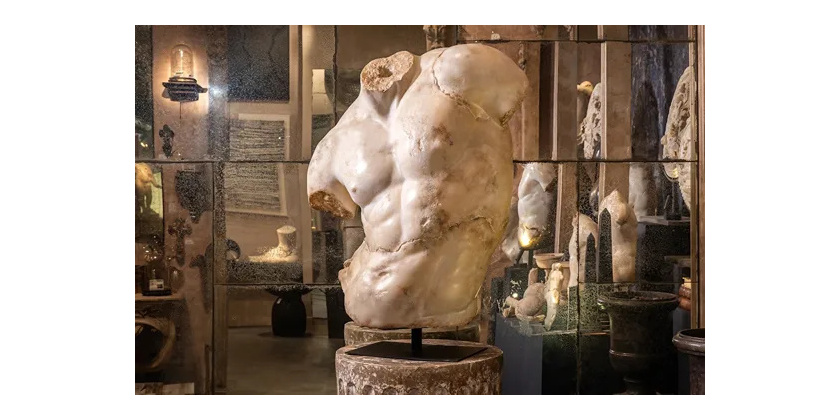
In a world where the ultra-modern and minimalism dominate our lifestyles, it is fascinating that classical art, far from falling into oblivion, operates a remote back in the world of upscale decoration. Rediscovering antique-inspired sculpture is good for a mere ornamental object: it is a bridge to history, refinement and artistic mastery that crossed the centuries. How do these emblematic works have their place in our contemporary spaces? Why do they raise a growing craze with decorative enthusiasts like art lovers? Diving in the timeless magic of classic sculptures.
A millennial tradition, living at the heart of the decoration
For millennia, sculpture has accompanied the evolution of our societies. From ancient times, busts, statues and architectural fragments were needed as markers of beauty, power and spirituality. Today, the purity of the lines, the harmony of the proportions, the nobility of the materials and the delicacy of the patina dialogue with our modern interiors, creating a subtle encounter between inheritance and innovation.
Each sculpture, far from being reduced to a simple trinket, becomes the focal point of a clean living room, the symbol of a sophisticated library or the soul of a majestic hall. They give the room a prestigious aura, a story to tell, and an incomparable sculptural presence.
Iconic works: when the myth invites you to you
Integrating a classic sculpture into its decoration is to bring the great myths and eternal beauty into its living space. Some pieces, true icons, fascinate by their evocative power and their artistic dimension:
- The great sculpture "Fragment Head of Apollo": Inspired by the Greek God of Light, it embodies the ancient artistic ideal and symbolizes harmony, intelligence and art.
- Apollo's torso: Fying representation of the perfection of human proportions, evocative of the beauty quest for Greek artists.
- The sculpture "Venus": Goddess of love and beauty, she brings grace and harmony.
- The horse's head of Selene: Tribute to Greek equestrian mythology, evoking movement and nobility.
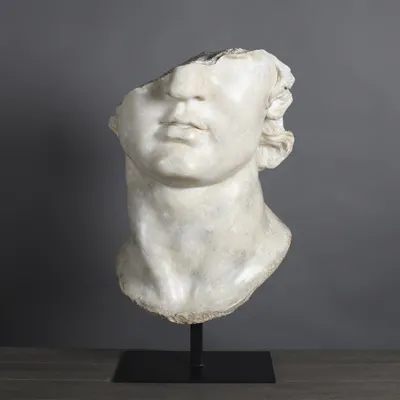 | 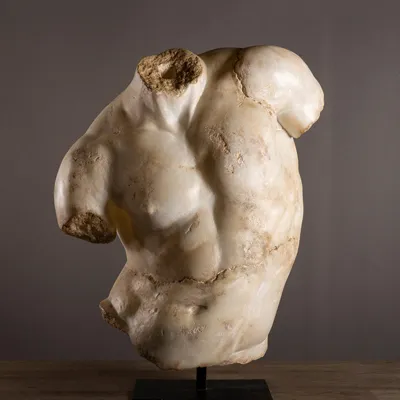 |
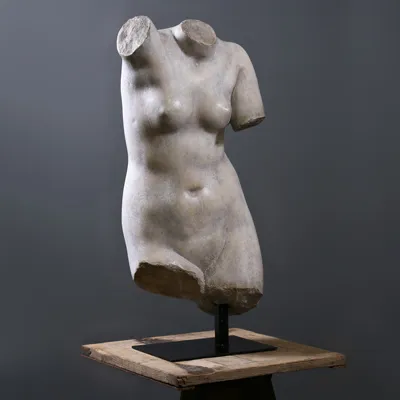 | 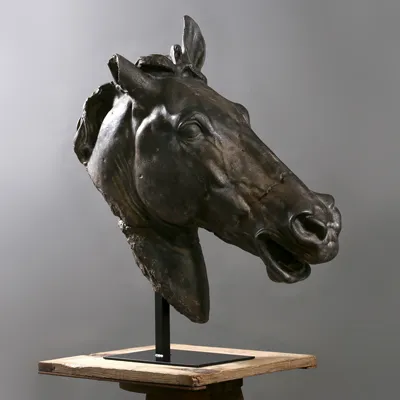 |
Architectural fragments: the size of history at hand
Classic sculpture does not stop in mythological figures: it also draws in the vocabulary of monumental architecture to offer fragments that magnify space.
- Capitals of Corinthian columns: Faces and leaves of finely carved acanths.
- Fragment of Parthenon: real piece of story to expose.
- Louisxvi Chapel Pendants: Elegant dialogue between the times.
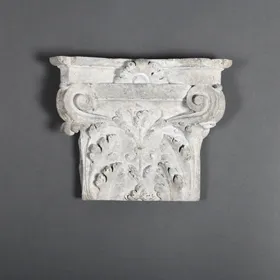 | 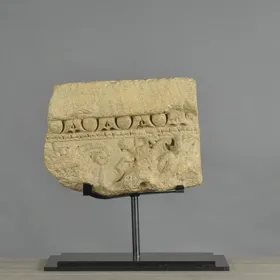 | 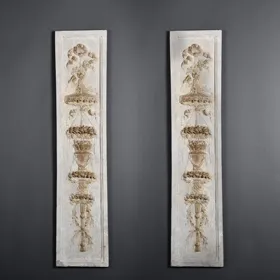 |
The celebration of the human body: legacy of ancient academies
The classic sculpture places anatomy at the heart of its aesthetics: every detail is studied and magnified.
- The Greek academic foot: Anatomical detail of great precision.
- XIX plaster handemailCentury: Virtuosity of sculptors and workshop atmosphere.
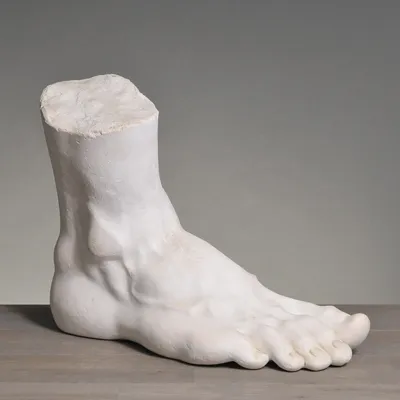 | 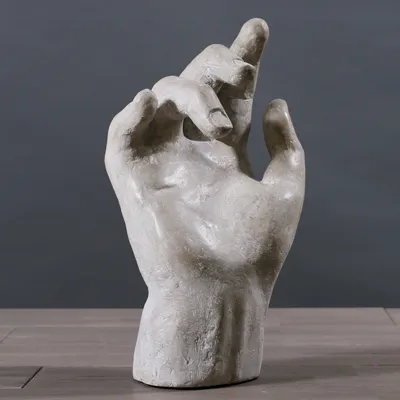 |
Decorative and symbolic objects: the strength of the details
Beyond great figures and architectural fragments, the classic sculpture comes in many decorative objects rich in symbolism:
- Rosette with acanthic leaves: Wink to nature.
- Lion style empire: Majesty and protection.
- Bees obelisk: elevation and prosperity.
- Roman stele: Museum gallery atmosphere.
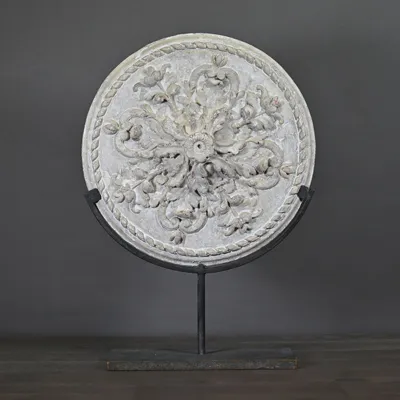 | 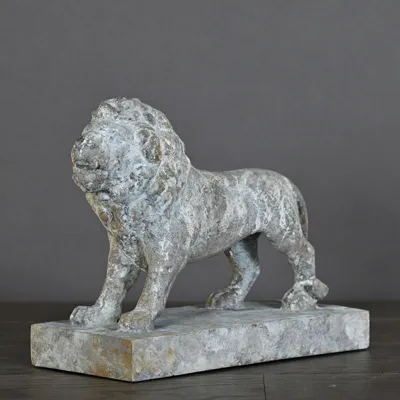 |
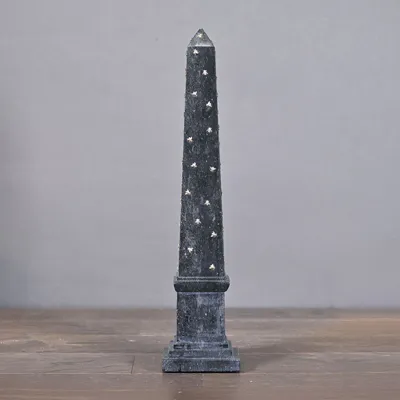 | 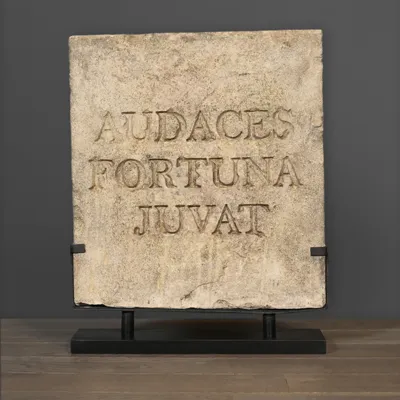 |
Integrate classic sculpture into its interior: Tips & Inspirations
- Stage each work: Privilege some strong, well lit pieces.
- Play in contrasts: associate ancient patinas and gross materials.
- Bet on authenticity: choose works patinatedby hand, in noble materials.
- Diversify the uses: Bust on fireplace, architectural fragment on library, etc.
More than an object, aesthetic and cultural experience
Choosing a classic sculpture is to offer a supplement of soul, a link living with the history of art, and a tribute to the genius of artists who have crossed the centuries. These works dialogue with our daily life, awaken the curiosity of our guests and create a unique, inspiring and refined space.
Dare to give life to the ancient art: Celebrate eternal beauty and turn your home into a personal art gallery!
Related Posts:




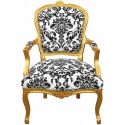
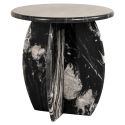
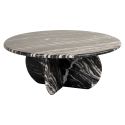



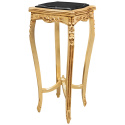
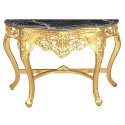


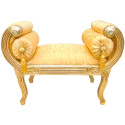

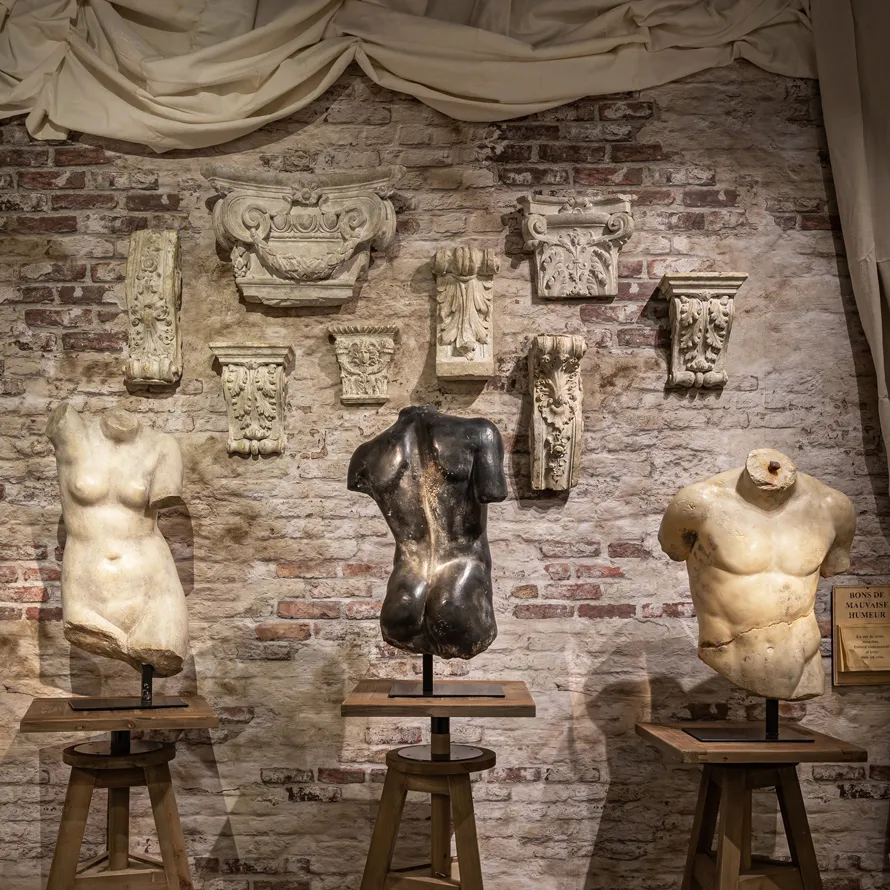
Leave a Reply Cancel Reply